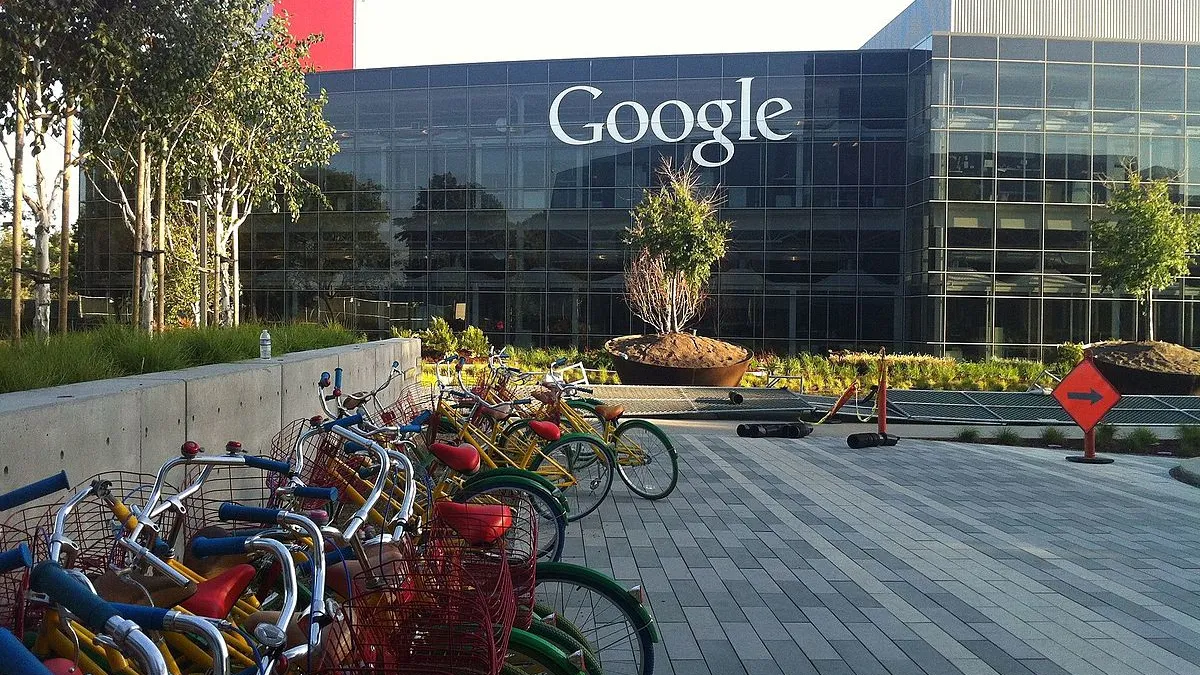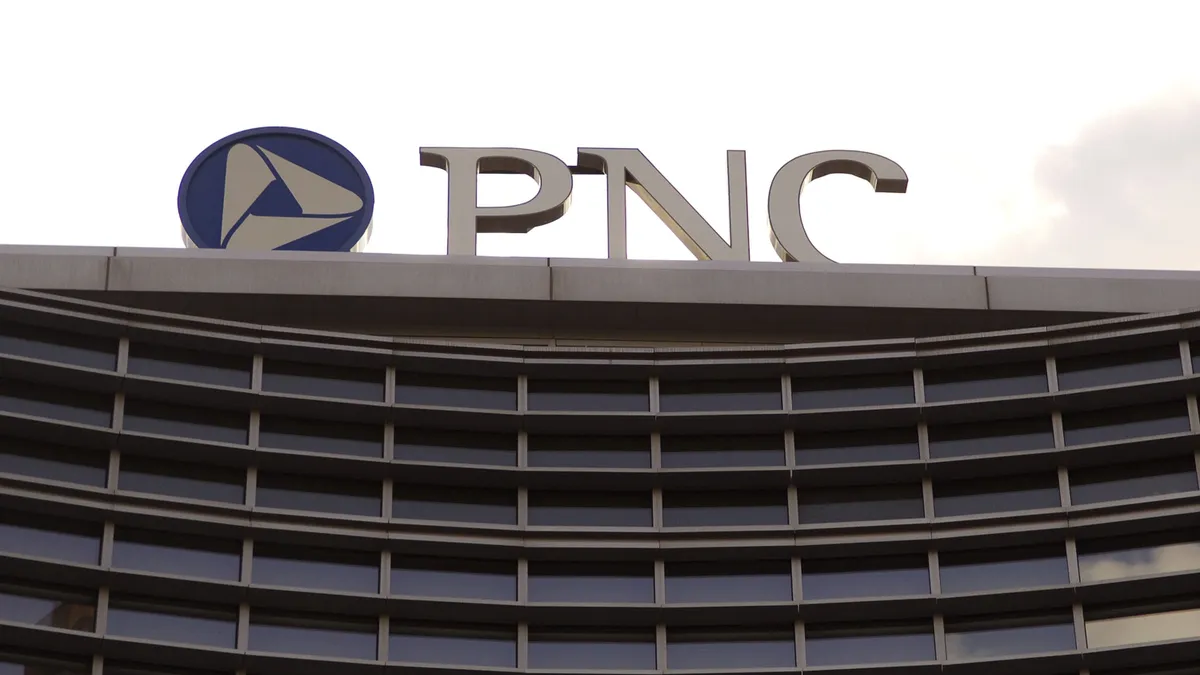Two major tech companies have made moves into the banking space this year, and so far, their branding strategies couldn’t be further apart.
Goldman Sachs CEO David Solomon has touted the Apple Card as the most successful credit card launch ever, but Apple is advertising it as "created by Apple, not a bank."
Google, meanwhile, has indicated it wants to co-brand a checking account it plans to launch next year with its partners, Citi and Stanford Federal Credit Union.
"Our approach is going to be to partner deeply with banks and the financial system," Google executive Caesar Sengupta told The Wall Street Journal. "It may be the slightly longer path, but it's more sustainable."
The divergent strategies by Apple and Google regarding their respective partnerships with Goldman Sachs and Citi represent a choice banks will need to make if they partner with tech giants that expand into financial services: Operate in the background or promote your brand alongside big tech?
A trust issue
"With respect to trust, there's been a lot of discourse in the press with respect to how a lot of the big tech companies deal with data," Mark Flamme, head of digital for financial services at turnaround consulting firm AlixPartners.
Facebook, for example, has encountered a great deal of scrutiny from lawmakers over the regulatory challenges inherent in its effort to create the digital currency Libra, Flamme said. Several major payment companies — PayPal, Visa, Mastercard and Stripe — left the Libra Association just before its membership was formalized last month.
Bringing Citi and Stanford FCU to the forefront could mean Google wants to show that the partnership is more than a tech venture — and is backed by financial institutions customers trust, Flamme said.
Risk could be another reason for the divergent branding strategies, he said.
"With the [Apple Card], there's not a lot of risk from a consumer standpoint. I'll trust you with my card and transacting. Now contrast that with a checking account where I'm potentially accumulating savings," Flamme said. “It's a little bit more of a risk for me as a consumer. I want a little bit more of a trusted brand that has FDIC insurance backing."
It may be more comforting to some consumers that Google's checking account has a backer like Citi with a physical presence, Flamme said.
Apple's reputation for innovation, particularly with younger consumers, may have led the computing giant to brand itself in the lead role — at the expense of Goldman Sachs.
"The perception, rightly or wrongly, is that these tech companies are more innovative and create a better, smoother customer experience, and banks are sort of old and stodgy," Flamme said. "So, branding it with the tech does create a cachet that I think is attractive to the younger demographic."
Apple is banking on its established brand to encourage widespread adoption and partnerships with merchants, Anne Ryan, vice president and director of brand strategy at Brownstein Group, told Banking Dive.
"They know that younger consumers who grew up during the 2007 recession don't trust banks, and they are aligning themselves with digital natives that trust tech and appreciate how seamlessly it integrates into their lives," she said.
Goldman Sachs was not pleased with Apple's choice of language in its ads for the card, according to The Wall Street Journal. The investment bank did not return Banking Dive's request for comment.
What does it mean for banks?
As these bank-tech partnerships become more common, financial institutions will need to figure out which side of the glass they want to stand on, Flamme said.
"It becomes a challenge for the bank. Do you just become the dumb pipes in the background and people just remember Apple as the brand?" he said. "How does a bank remain relevant?"
Not every bank is looking to be front and center in these partnerships — and there are advantages to that, too, Flamme said.
"If that's your strategy, that's great," he said. "You don't have to be a branded company, you can work with all these fintechs. They do the hard work, distribution and gathering funds. And then you've got the big balance of funds at your bank."
However, banks that give up their established brand run the risk of being relegated to a commodity, Flamme said.
Fintech partnerships can give banks learning opportunities, especially with customer experience, Jake Levant, vice president of marketing at customer experience platform Lightico, told Banking Dive.
"Tech companies understand where the gaps in communication and experience exist between financial institutions and consumers," he said. "We've seen tech giants create great interactions time and time again — think Uber or Netflix. [This is an] area where many banks struggle. There are tremendous opportunities for established, trusted brands to combine their heritage with technologies that can address critical [customer experience] gaps."
Partner or competitor?
Tech companies are using these partnerships to "get their foot in the door in financial services," Meenaz Sunderji, executive vice president at financial software company Zafin, told Banking Dive.
"What big tech has in IT competency, they lack the know-how and regulatory background to become financial services firms, so they'd really rather just buy these companies than partner with them," Sunderji said. "This is likely a temporary measure until they establish credibility in the space."
These moves are just step one for big tech, said Michael Wasyl, managing partner at fintech corporate strategy firm DeerCreek. Tech companies are leveraging banks' distribution, reach and regulatory licenses, he said.
"Once the tech companies have obtained the right regulatory and compliance approvals, they can launch digital-native financial products without relying on the banks," he told Banking Dive. "Banks have to sign onto these partnerships because they benefit from learning from these tech powerhouses, and they will acquire new customers in the short term. In the long term, however, banks need to realize that tech companies might become more competitors rather than partners."
Varo is an example of a digital-only bank that is seeking a banking charter of its own, a move that would allow it to end its current partnership with The Bancorp Bank, through which it offers FDIC-insured deposits.
Varo, which received preliminary approval from the Office of the Comptroller of the Currency last year, expects to open as a national bank next year.
A national banking charter would reduce costs and allow Varo to offer a larger suite of consumer banking products, Varo CEO Colin Walsh told Banking Dive last month.
"When you're working with a sponsor bank, you don't get the full cost advantages," he said.






















